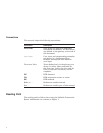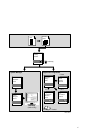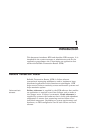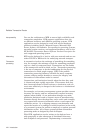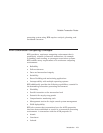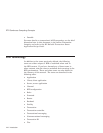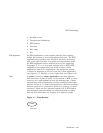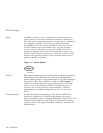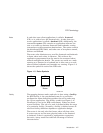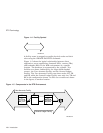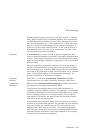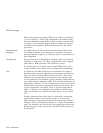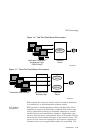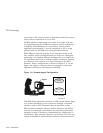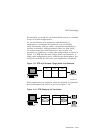
RTR Terminology
Server
A server is always a server application, one that reacts to a
client’s units of work and carries them through to completion.
This may involve updating persistent storage such as a database
file, toggling a switch on a device, or performing another
predefined task. In the context of RTR, a server must run on
a node defined to have the backend role. In other contexts,
a server can be a physical system, but in RTR and in this
document, physical servers are called backends or nodes. You
can have more than one instance of a server on a node. Servers
interact with partitions and can have partition states such as
primary, standby, or shadow.
Figure 1–2 Server Symbol
Server
VM-0820A-AI
Channel
RTR expects client and server applications to identify themselves
before they request RTR services. During the identification
process, RTR provides a tag or handle that is used for subsequent
interactions. This tag or handle is called an RTR channel.A
channel is used by client and server applications to exchange
units of work with the help of RTR. An application process
can have one or more client or server channels. Channel
management is handled transparently by the C++ and Java
APIs.
RTR configuration
An RTR configuration consists of nodes that run RTR client
and server applications. An RTR configuration can run on
several operating systems including OpenVMS, Tru64 UNIX, and
Windows among others (for the full set of supported operating
systems, refer to the appropriate SPD). Nodes are connected by
network links.
1–6 Introduction



